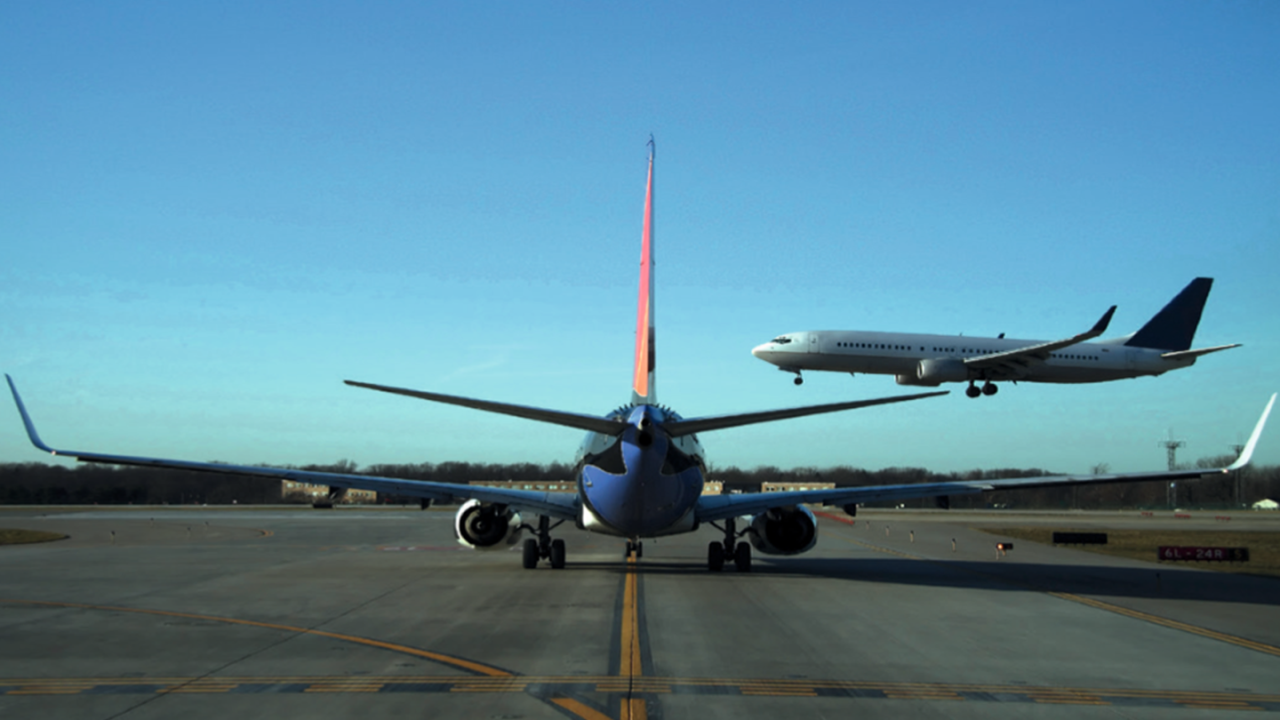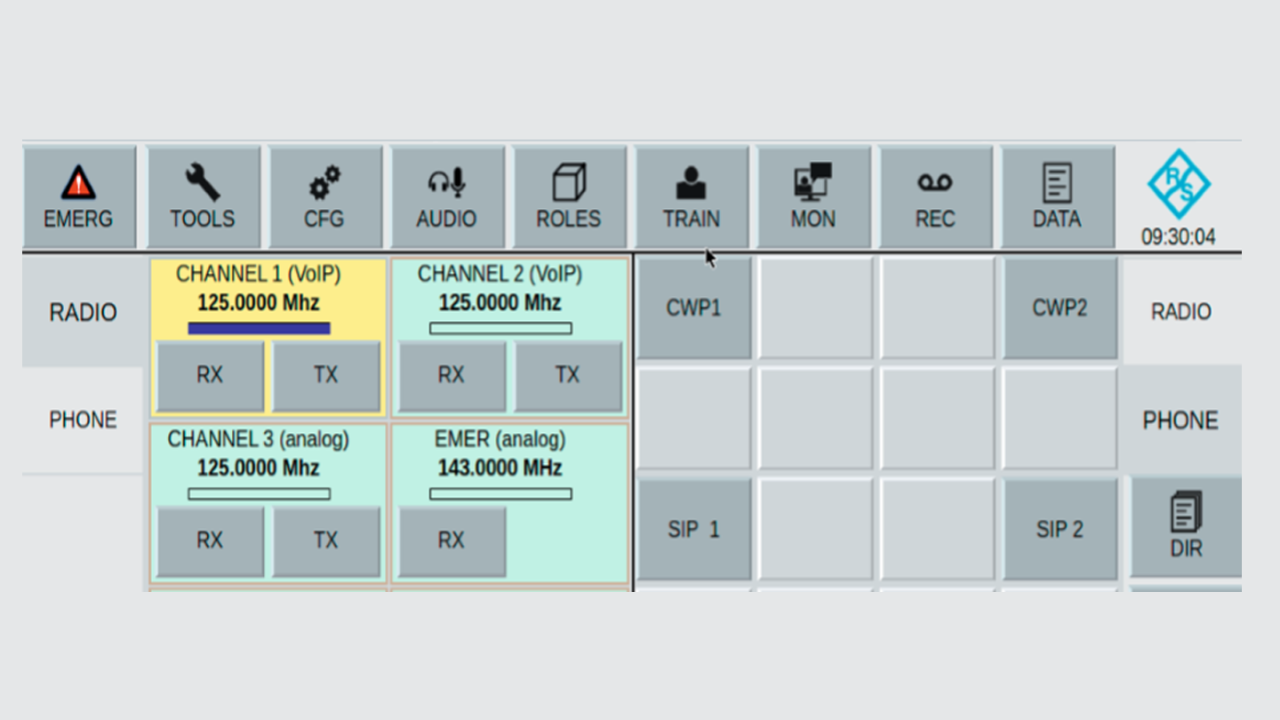Increasing safety in air traffic control
R&S®Series4200 detection of simultaneous transmissions (DSiT) option for air traffic control

R&S®Series4200 detection of simultaneous transmissions (DSiT) option for air traffic control


“Cleared for take-off, runway one six.”
The safety of a hundred people or more can depend on the proper communication of just a few words. Likewise, a lack of communication can put their safety in jeopardy.
Air travel has become an important part of our lives. Ensuring the highest level of passenger safety is a key goal for air traffic control (ATC) authorities, and passenger safety depends to a large extent on reliable voice communications between air traffic controllers and pilots.
The last few years have seen a tremendous increase in air travel. This increase has given rise to a higher level of complexity in air traffic control. With more aircraft both in the air and on the ground at any given time, the chances of two pilots speaking at the same time have also increased.
Normally, an experienced air traffic controller can recognize on his own when two pilots are speaking. There are situations however, where the controller is not even aware that another pilot has spoken. Such situations represent a serious safety risk and happen more often than most civil aviation authorities are aware of. Recent cases in Zurich and Leipzig are examples where such breaks in communications have caused potential safety concerns. EUROCONTROL has also acknowledged this as a problem to be resolved.
In order to avoid such safety-critical situations, the ideal solution should alert the air traffic controller whenever signals from more than one aircraft have been received at the same time on the same voice channel. The DSiT feature in the R&S®Series4200 radios provides the controller with this functionality.
The DSiT feature consists of an algorithm running in the radio receiver which continuously monitors the spectrum of incoming signals. When the receiver detects the presence of more than one carrier on the radio channel, it raises a warning to inform the controller. The controller is made aware that two different calls have been received and can take action accordingly.


Detail of the R&S®VCS-4G GUI: the frequency box blinks yellow to provide a visual indication of the occurrence of a simultaneous transmission.
The DSiT event information can be integrated into voice communications systems (VCS) from a variety of vendors, including the R&S®VCS-4G. The screenshot below shows how the DSiT event is displayed on the R&S®VCS-4G. The DSiT event information can be sent to the VCS controller working position in a variety of formats.
No two transmitters operate at exactly the same frequency. Transmitters will always have slight frequency deltas from the intended frequency. The DSiT algorithm (patent pending) is capable of detecting these differences while at the same time using highly sophisticated analysis techniques to avoid false alarms.
If you are interested in this new R&S®Series4200 feature, please contact your local Rohde & Schwarz sales office to request a complete functional demonstration. The Rohde & Schwarz experts will help to implement this feature in your ATC environment.
On a day with limited visibility, two aircraft at an airport are waiting for clearance to line up on the runway for take-off. Aircraft A is further from the receiving radio station than aircraft B. Because of the longer distance to the receiving radio as well as buildings located in the RF path, the signal received from aircraft A will be weaker than the signal received from aircraft B. So much so, in fact, that the controller will not be able to hear a simultaneous transmission should it occur.
The controller gives aircraft B clearance to enter the runway and take off. With similar sounding call signs, both aircraft take this clearance as their own and read back the clearance to the controller. The controller, however, only hears the read-back from aircraft B and is unaware that aircraft A has wrongly assumed it is cleared to enter the same runway. Both aircraft now proceed onto the runway for take-off.
A controller using an R&S®Series4200 receiver equipped with the DSiT feature, on the other hand, would have been alerted immediately to the fact that a simultaneous transmission had taken place, thereby avoiding a potentially dangerous situation.

